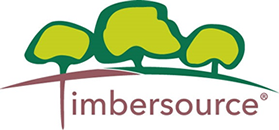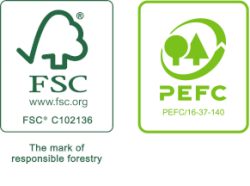What timbers are best suited for outdoors?
It’s vital you choose durable wood for your outdoor project because it will be exposed to harsher conditions that will have an impact on its lifespan.
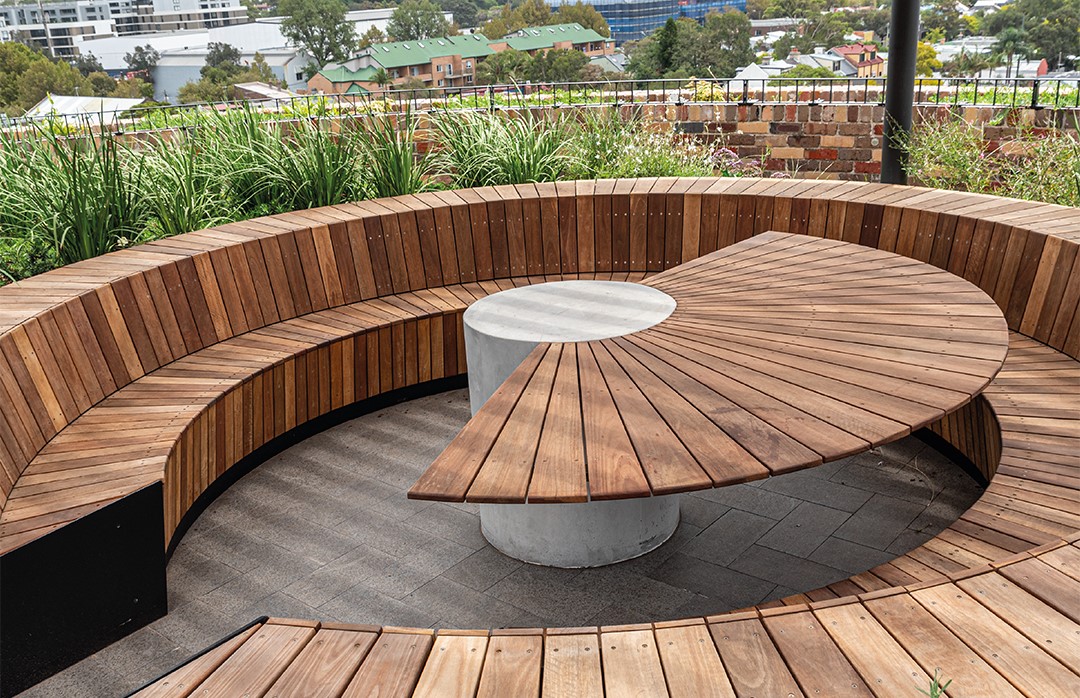
Here you can find the durability class for timber, which is really useful as an overview. Most timber used for indoor purposes is durable provided its in a dry area, therefore choosing durable timber that is only suitable for interior projects will not work well for outdoor projects. For example, beech is a very durable timber that indoors will last decades but outdoors, it will start to rot in 6 months.
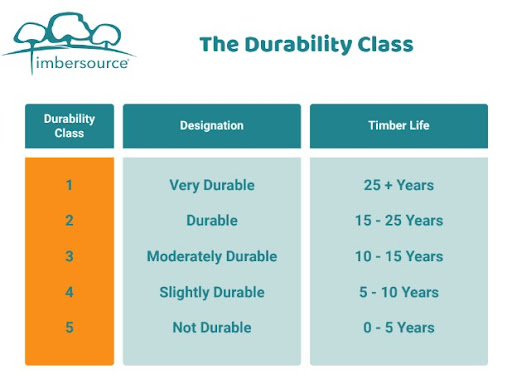
The Durability of Timber for Outdoor Projects and How Different Environments Affect Them
There are a few options to choose from when it comes to timbers for outdoor projects. To be suitable for external purposes, it’s vital that wood can be resistant to outdoor threats such as moisture, UV, and decay-causing fungi.
Some examples include:
-
(Hardwood) West African Iroko: Iroko due to its high natural oil content is at durability class 1 and is grown in a very wet warm environment which makes it very resilient to outdoor conditions. Iroko is great for cladding, decking, pergolas, boat building and landscaping.
-
(Hardwood) European Oak: European Oak comes in at durability class 2, meaning it’s a durable material that can withstand different outdoor conditions it can be exposed to. European Oak is a great choice for exterior cladding, window frames and doors.
-
(Hardwood) West African Idigbo: A moderately durable hardwood that is a durability class 3, it’s a great choice for outdoor wet environments. It’s also commonly used for window frames and outdoor furniture.
-
(Hardwood) West African Sapele: Sapele has a natural oil content like iroko and is very good for outdoor use especially for painting. Despite being tough it planes down to a fine smooth texture ready for painting. It has a durability class 2 rating and can be used for porches, garage doors, window frames and barge boards.
-
(Hardwood) Yellow Balau: Yellow Balau is incredibly durable, with a durable class 1 rating. This means it can withstand most outdoor conditions and is a great choice for an exterior ‘decking’ profile, with it lasting 20-30 years in outdoor conditions.
-
(Softwood) European Douglas Fir: European Douglas Fir is moderately durable with a durability class of 3. It’s also rot resistant, perfect for outdoor building projects like outdoor structures, pergolas and garden walling.
-
(Softwood) British Red Cedar: Coming in with a durability class of 3, it’s a moderately durable timber wood that is a great choice for outdoor projects. It’s also resistant to decay, rot, and insects, thanks to its natural oil content. It can last over 20 years when used for outdoor structures.
- (Softwood) Canadian Red Cedar: With a durability class 1 Canadian cedar is the gold standard in exterior rated softwoods. It is grown in a climate of extreme weather from hot sun to brutally cold winters which gives it its highly durable resinous quality. It is also extremely stable and tends not to warp or move as it dries out. It can last over 30 years outdoors untreated and is no.1 for cladding, fascia boards, gates and fencing.
How do different outdoor environments impact these types of timbers?
Climates that have a lot of change in temperature ranging from warm, dry summers to cold, wet winters provide a tough environment for timbers. For example the UK has a lot of damp months through the year which is the perfect conditions for fungi. Its our wide ranging species of fungi flourishing in these ideal weather conditions that break down the timbers and cause them to rot. The above species earn themselves a durability rating based on their resilience to this type of fungi attack with their natural oils or resin content.
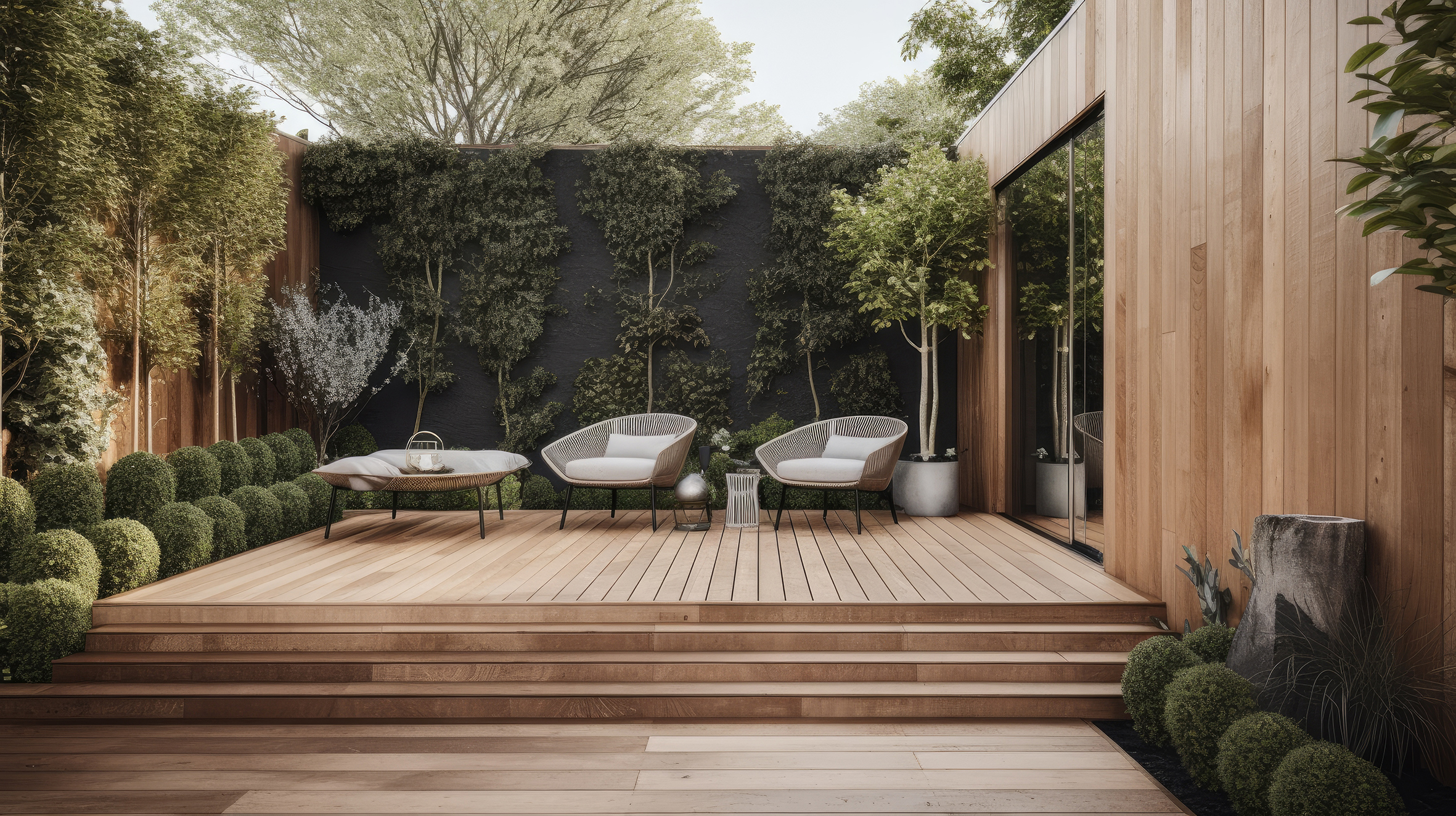
Its important to note that milder or drier climates may allow other timbers to last longer outdoors due to the arid temperatures being the wrong conditions for fungi to thrive. This info can also help to improve your timber life overall by aiming to build in drier areas, perhaps not under trees or cladding north elevations. Why not take a look at some Timber Battens to complement your outdoor project. We hope this has had a positive impact in helping you decide on which timber woods are best suited for your outdoor projects. Do not hesitate to get in touch with a member of the team to discuss next steps.
